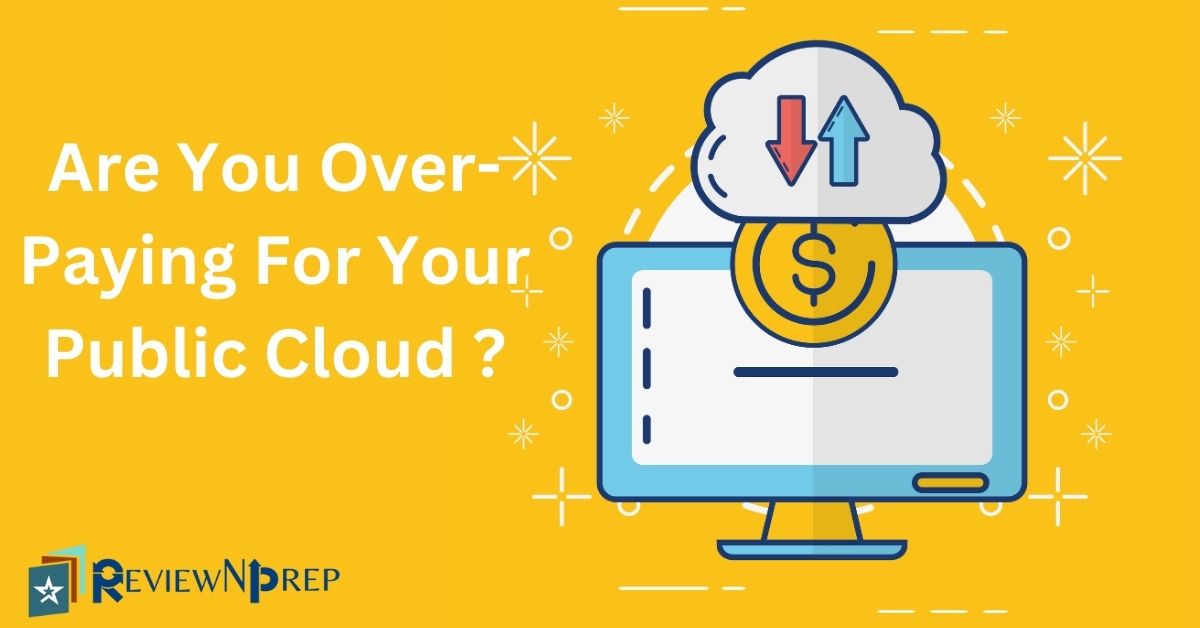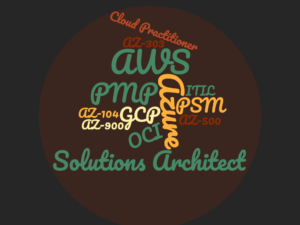|
|
In today’s digital landscape, businesses are increasingly turning to cloud computing to streamline operations, enhance scalability, and drive innovation. Cloud computing offers unparalleled flexibility and agility, allowing organizations to access computing resources on-demand without the need for extensive hardware investments. However, as cloud usage grows, so do the associated costs.
Cloud computing costs if left unchecked can greatly affect the bottom line of the companies. Understanding cloud pricing models and implementing effective cost optimization strategies are crucial for maximizing the value of cloud services while minimizing expenses.
Table of Contents
Overview of Cloud Pricing Models
There are a variety of different cloud pricing models available, each with its own advantages and disadvantages. The most common pricing models are:
- Pay-as-you-go (PAYG): With the PAYG model, you only pay for the resources that you use. This can be a cost-effective option if you are not sure how much resources you will need or if you only need them for a short period of time. This model offers flexibility and cost transparency, as customers only pay for the resources they consume.
- Reserved instances (RIs): RIs are a type of long-term commitment that can save you money if you know that you will need a certain amount of resources for a specific period of time. Customers commit to a predefined amount of resources (e.g., virtual machines, storage) for a fixed term (e.g., one year or three years) in exchange for discounted pricing. Reserved instances offer cost savings for predictable workloads with steady usage patterns.
- Spot instances: Spot instances are unused instances that are available at a deep discount. Customers bid on unused or spare capacity in the cloud provider’s infrastructure, potentially obtaining significant cost savings compared to on-demand pricing. However, spot instances can be terminated at any time, so they are not a good option for mission-critical applications.
- Consumption-Based Pricing: Pricing is based on the actual consumption of resources, such as data storage, network bandwidth, and API requests. Cloud providers may offer volume discounts based on the total amount of resources consumed over a specific period. These discounts incentivize businesses to consolidate their usage within a single provider or increase their overall consumption to qualify for lower rates. This model allows for granular pricing based on usage metrics, offering cost efficiency and scalability.
Strategies for Cost Optimization
Implementing effective cost optimization strategies is essential for controlling expenses and maximizing ROI. There are a number of strategies that you can use to optimize costs for your cloud environments:
- Rightsizing your instances: Make sure that you are using the right size instance for your needs. If you are using an instance that is too large, you are wasting money. If you are using an instance that is too small, you may experience performance issues.
- Using spot instances: Spot instances can be a great way to save money on your cloud costs. However, you need to be aware of the risks involved with spot instances before you use them.
- Taking advantage of discounts: Many cloud providers offer discounts for long-term commitments or for using multiple services. Be sure to take advantage of these discounts if you are eligible.
- Reserved Instance Planning: Evaluate usage patterns and workload requirements to determine the optimal mix of on-demand and reserved instances, maximizing cost savings while ensuring performance and availability.
- Automated Cost Control: Use automation tools and scripts to automate cost control processes, such as instance scheduling, resource tagging, and policy enforcement, reducing manual effort and minimizing cost leaks. By associating costs with specific projects, departments, or teams, businesses can identify areas of overspending and implement targeted cost optimization measures.
- Multi-Cloud Strategy: Consider adopting a multi-cloud strategy to leverage competitive pricing and avoid vendor lock-in. By distributing workloads across multiple cloud providers, businesses can take advantage of pricing disparities and optimize ]costs based on individual workload requirements.
Remember, the best strategy depends on your specific needs and workload characteristics.
Managing Cloud Resources Efficiently
Effective cloud cost management starts with gaining an understanding of your cloud bill and overall cloud pricing. Most public cloud providers like Amazon Web Services (AWS), Azure, Google Cloud Platform (GCP) give access to cloud cost management tools and pricing calculators. You can use these tools to figure out expected cloud spend and adjust accordingly.
In addition to using the right pricing model and taking advantage of discounts, you can also save money on your cloud costs by efficiently managing your cloud resources.
Here are a few tips to optimize costs for your cloud computing services:
- Turn off unused instances: Unused resources including servers can rack up a lot of money if left turned on. So idle resources including compute instances needs to be deleted or turned off.
- Use autoscaling: Autoscaling can help you scale your resources up and down based on demand, which can save you money on instances that you are not using.
- Use load balancing: Load balancing can help you distribute traffic across multiple instances, which can improve performance and save you money on instances that are not being fully utilized.
- Lifecycle Management: Implement lifecycle policies for data and cloud infrastructure resources to automatically archive, delete, or transition to lower-cost storage tiers based on usage patterns and retention policies.
- Usage Monitoring and Alerts: Implement monitoring and alerting mechanisms to track resource usage, cost trends, and budget thresholds, enabling proactive cost management and optimization.
- Containerization: Containerize applications using container orchestration platforms like Kubernetes or Docker Swarm to improve resource utilization, scalability, and portability.
- Serverless Computing: Leverage serverless computing platforms like AWS Lambda or Azure Functions to run code in response to events, reducing operational overhead and optimizing resource utilization.
- Data Tiering and Compression: Implement data tiering and compression techniques to optimize storage costs by tiering data based on access frequency and compressing data to reduce storage requirements.
Conclusion
Cloud computing offers unparalleled flexibility and scalability, but managing costs effectively is crucial for long-term sustainability. By understanding the various pricing models offered by cloud providers and implementing proactive cost optimization strategies, businesses can maximize the value of cloud services while minimizing expenses.
A well-informed and structured methodology for cost optimization can help businesses get the most value from their cloud investments.
Further Reading:
Navigating the Cloudscape: Pros and Cons of Multi-Cloud Networking
Unlocking Success: Top 5 Cloud Security Certifications for Your Career

